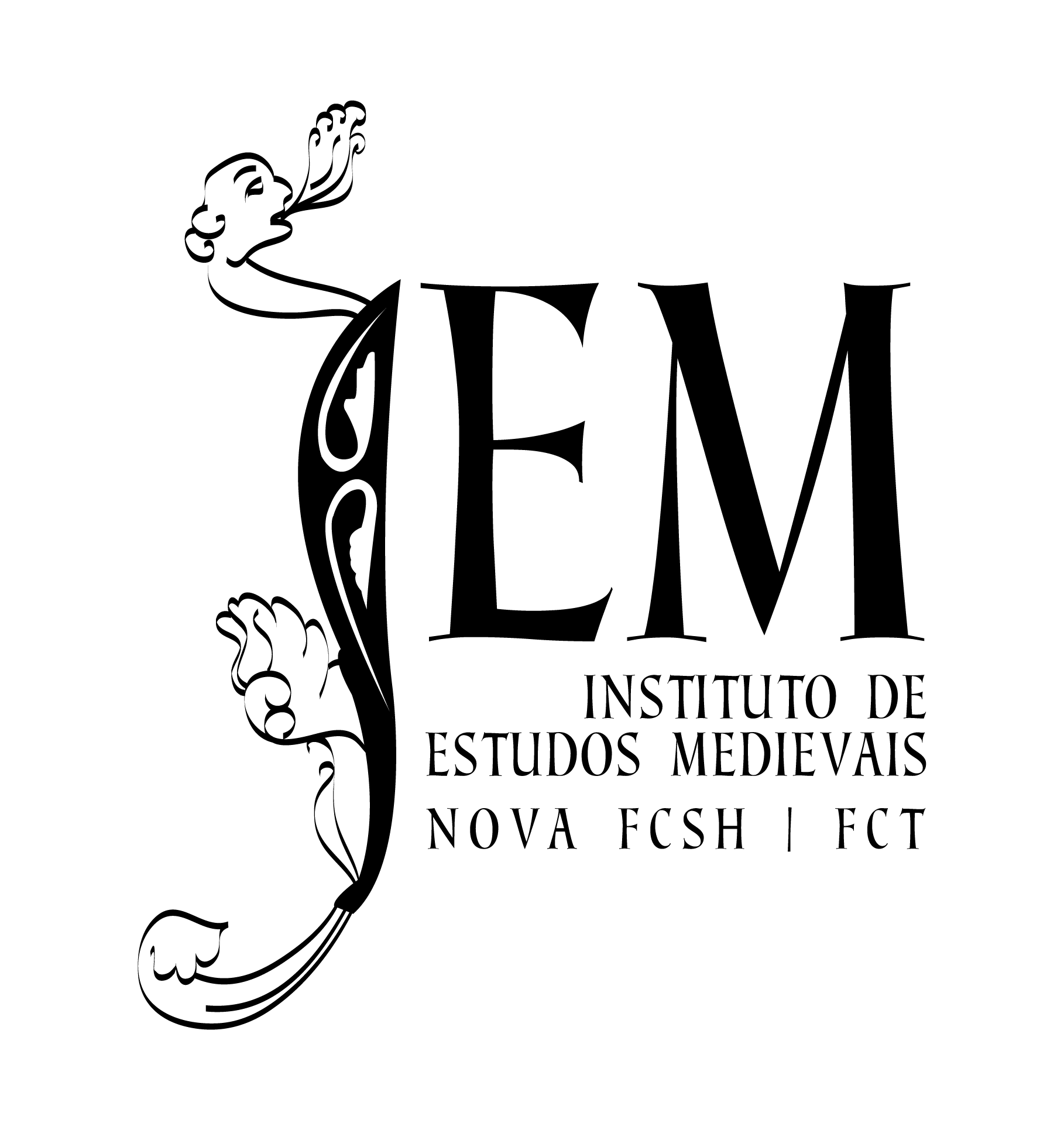Bibliographic notes
Son of Fernando III of Castile and Beatriz de Suabia or Hohenstaufen (granddaughter of the Holy Roman imperor Frederick I), Dom Alfonso was born in Toledo on November 23, 1221. Raised by the mordomo-mor of his grandmother, the influent Queen Berenguela, from 1240 on Prince Alfonso begins to have a political and military active role, being successively nominated Lieutenant-major (1242), Lieutenant of Salamanca (1243) and Lieutenant of Leon (1246). In those years he participates in important military campaigns of the so-called reconquest of Andalucia, particularly the one that ended with the conquest of Murcia (1243) and also the one that leaded to the taking of Jaen (1246). By the end of that year and the beginning of the next, answering the call of the Portuguese King Sancho II, deposed by the Pope in the previous year, he intervenes in the Portuguese civil war, entering with his troops in Portugal (by the Beiras ditrict and up to the vicinity of Santarém), although that intervention, not having the support of his father, Fernando III, fails to prevent the defeat of Dom Sancho and the enthroning of his brother, Afonso III. Moreover, upon returning to Castile, the deposed king accompanies him until Toledo, where he dies shortly thereafter (1248). From Toledo, Prince Alfonso quickly goes to Seville, where he takes part in the conquest of the city (1248), a city in which he will be coronated after the death of his father in 1252. Alfonso X will moreover give a clear preference to this city through his reign, making it one of the central spaces of his court. Furthermore, it will be in Seville that he will die in 1284.
With his father still living (1249), he marries Violante of Aragon, the daugher of the king James I, the Conquerer, a matrimony from which resulted 11 children. Furthermore, he also had another 5 illegitimate children, namely Dona Beatriz (the princess born of a relationship, prior to his marriage, to Maior Guillén de Guzmán) that would later go on to marry king Afonso III of Portugal.
Throughout his reign, although in a mitigated form, Alfonso X continued the reconquest effort of the muslim Andaluzia, namely in the 60’s, when the plazas of Niebla and Cadiz are taken (1262). Shortly thereafter (1264) he had to face the rebellion of the Mudejares (Muslims living under Christian rule) from Murcia and the Andalucian south, supported by the king of Granada, a rebellion that was only dominated with the help of his father-in-law, king James of Aragon.
Two other salient events of his reign were, on one hand, his failed candidacy to the throne of the Holy Roman Empire (justified by his maternal lineage to the Hohenstaufen), a matter that, notwithstanding the vast amounts of money spent, dragged on fruitlessly from 1257 to 1275, the year when the monarch withdrew his candidacy after a interview with Pope Gregory X in Beaucaire; on the other hand, from 1272 on, he had to face the grave rebellion of the nobles, a rebellion carried out by the key figures of his kingdom (headed by the Lara’s and the Haro’s families, but also by his brother, the Infante Philipe). The rebellion is further aggravated in 1275 by the death, at the battle of Écija, of his first-born son and heir, the Infante Fernando, since the rebellion was then joined by the his second-born, Infante Sancho, now his rightful successor, but whose aspirations were compromised by Alfonso X’s support of his late son’s heir, his grandson Alfonso de La Cerda. In 1278, in the courts of Segovia, the rebels managed to withdraw all of Alfonso X’s powers, leading him to retaliate by disowning Dom Sancho and initiating procedures for a series of alliances in order to regain a position of strength. His death in 1284 interrupted this process, being king Sancho IV coronated that same year.
Nicknamed The Wise, Alfonso X bequeathed us a vast body of work, not only poetic but also historical, scientific and juridical, from which it must be highlighted the Estoria de España and the General Estoria (historical), the Tablas Alfonsíes (astronomy tables), the Lapidario (about minerals) or the Siete Partidas (an extensive juridical code). The Libro de los juegos (games book, including Chess and Dice) shows us a more playful facet of the courtesan culture. Poetically, and besides the profane Galician-Portuguese songs included in this database, his work extends into the religious realm, with the famous Cantigas de Santa Maria (equally in Galician-Portuguese), a vast and notable set of songs dedicated to the Virgin Mary, narrating her miracles.


